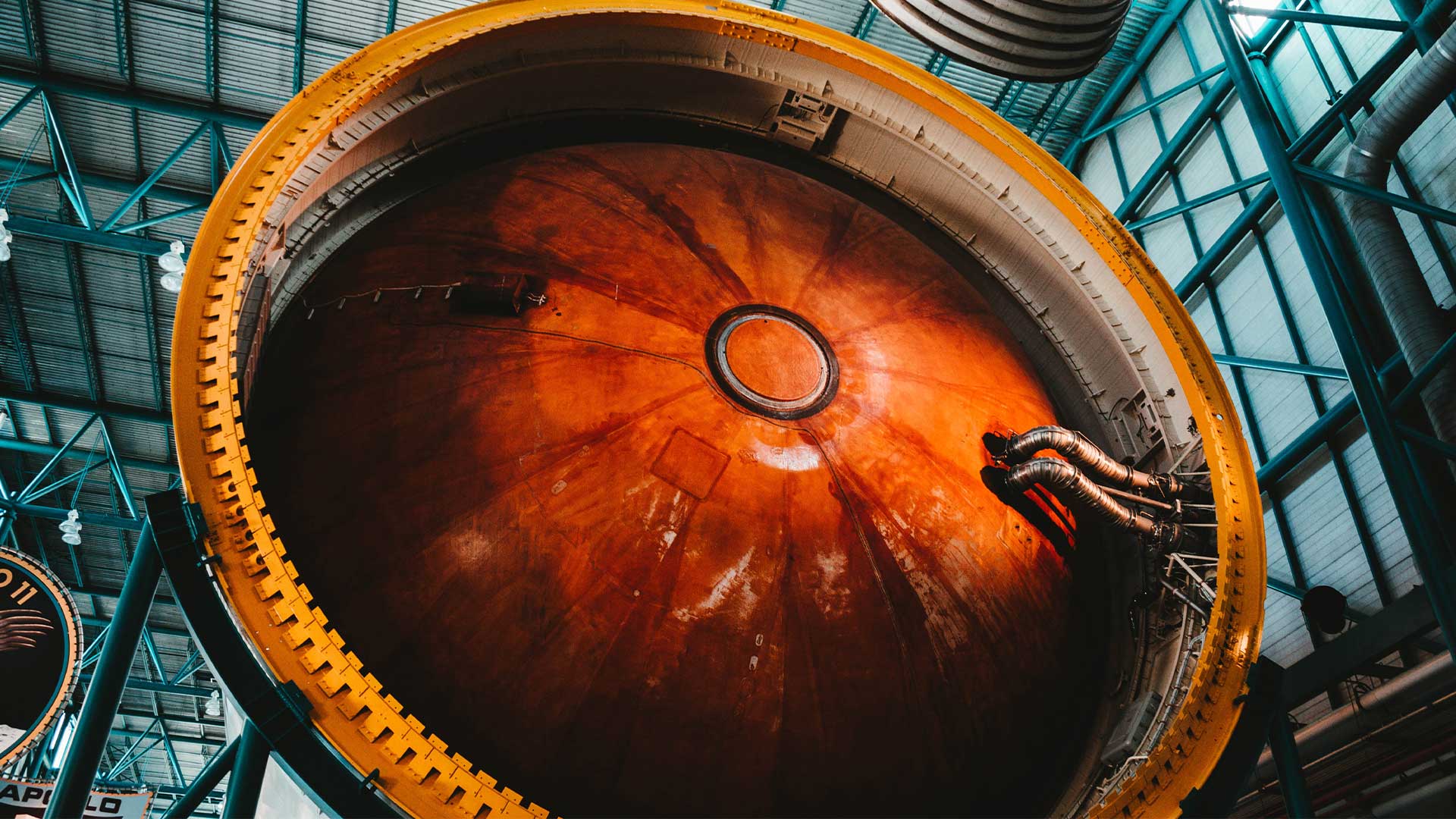Ammonia Borane Powers Space Exploration
Boron is an excellent choice for rocket fuel given its ease of manufacture, availability, and low storage costs. It is also a good additive for jet fuel. Scientists at the University of California Riverside are testing ammonia borane, NH3BH3, as an alternative to traditional carbon-based chemical rocket fuels. This could lead to carbon-free space launches.

Ammonia Borane Space Exploration
The Problems With Conventional Rocket Fuels
The US Air Force and Navy sought to develop faster and longer-range aircraft in the 1950s. Fuel is a significant obstacle to this goal.
Hydrogen would be the ideal fuel, but it still takes up too much space and can be dangerous and challenging to handle, even when cooled to a cryogenic liquid. This creates logistical challenges. Hydrocarbon-derived conventional aviation fuels are more practical than those based on fossil fuels. This is because hydrogen bonds with carbon atoms make them more compact and manageable.
Fuels such as kerosene are still too heavy and contain too little energy per unit to meet the US military’s requirements for supersonic aircraft that can fly halfway around the globe. Engineers wanted to find a fuel that could store hydrogen in another element but was practical enough and cheap enough to use.
The result was a new generation of fuels that were based on boron. This element is right next to carbon on the periodic table. These hydro-boron compounds or boranes were created under the codename Project Zip. They were called “zip fuels.” These fuels were used in aircraft such as the XB-70 Valkyrie strategic fighter bomber, XF-108 Rapier long-range interceptor, BOMARC missile, and many others. There were also plans to convert jet engines already in service to burn boranes.
Properties of Rocket Fuel
According to Professor Richard W. Kritzer of the Department of Mechanical and Industrial Engineering at the University of Indiana, rocket performance is determined by energy per pound of fuel. Less propellant means more payload.
Fuels or oxidizers that are liquid provide more energy per pound than solid fuels. However, a cryogenic cooling process is needed for liquids, which adds to their cost and makes them difficult to store. It is possible to keep solid fuels for many years, even in harsh environments. They are also less expensive to produce.
Rockets today use propellants from the 1960s and 1970s. According to Krier, the materials are safe reliable, but not very energetic. Krier said that the new fuels might contain high-energy metals like magnesium and boron. Boron is a desirable additive for rocket fuels because of its low molecular mass and high combustion energy.
By combining boron and nitrogen, the bipropellant produces large quantities of hot gases in a short period of time. The gases are used for a variety of purposes, including rocket thrust.
The combustion enthalpy of boron carbide is also high. By using well-known electric furnace techniques, boron carbide can quickly be produced. It can also be acquired at a low price. Borosilicates and solid oxidizing agents can be stored for as long as desired without deteriorating or being at risk of premature ignition. As a result, these mixtures are so stable that an igniter is needed to initiate their reaction.
Boron Carbide in Rocket Fuel
Boron carbide is considered a good fuel component for solid rocket propellant compositions. Bipropellants made from boron and nitrogen compounds can also propel rockets. They combine a nitrogen-containing compound containing carbon, hydrogen, and nitrogen with a boron-containing mix composed of carbon, hydrogen, and carbon. In at least one reaction, hydrogen must be present, and carbon must be present in at least one reaction.
Using polytetrafluoroethylene and boron (by weight) as a solid fuel mixture, a combination of 80% polytetrafluoroethylene and 20% boron was considered by a 2015 study as a potential high-density rocket propellant. UC Riverside scientists are testing an ammonia borane-based alternative to traditional carbon-based rocket fuel, NH3BH3

Ammonia Borane Space Powering Rocket Engines
Ammonia Borane for Rocket Fuel
Some problems plague borane fuels too. They are solid at room temperatures and can be burned at higher temperatures, so they must be mixed with hydrocarbon fuels. They also produced a sticky residue that could clog up engines and was challenging to remove. The projects were cancelled in 1959.
Borane in the form of ammonia borane is used today in fuel cells for electric vehicles. There, hydrogen is released through catalysis.
A team from UC Riverside, headed by Prithwish Biwas, is researching the use of boranes as fuel to launch rockets capable of putting satellites in orbit. This is possible by understanding how boranes burn and getting them to do so efficiently without catalysts or base fuels. It could lead to a more eco-friendly alternative to hydrocarbon-based fuels and cheaper space launches.
Boranes, unlike hydrocarbons, have a complicated combustion process. They devolve into many different compounds as they burn. This process aims to modify the combustion process and release more energy faster by forming borane nanoparticles and burning them with oxidizers potassium perchlorate (KClO₄) or ammonium perchlorate (NH₄ClO₄).
Pankaj Ghildiyal (University of Maryland Chemistry PhD student) said, “This is analogous to the use of catalysts to enable complete combustion of hydrocarbon fuels. Here we were able to create complete combustion and increase energy by using the chemistry in the oxidizer, without the need for a catalyst.”
The study’s fine particles are susceptible to degradation in humid environments. Therefore, developing a storage solution that protects them from this is essential.
Biswas stated, “We have determined the fundamental chemistry of this fuel-oxidizer combination. Now, we’re looking forward to seeing it perform at a large scale.”





